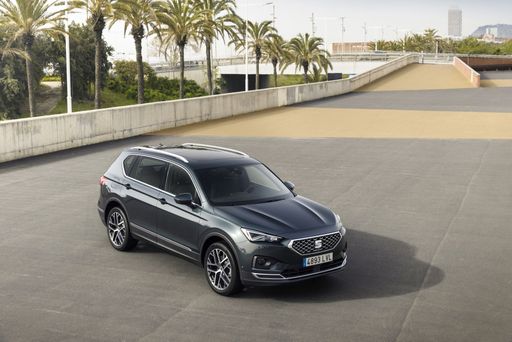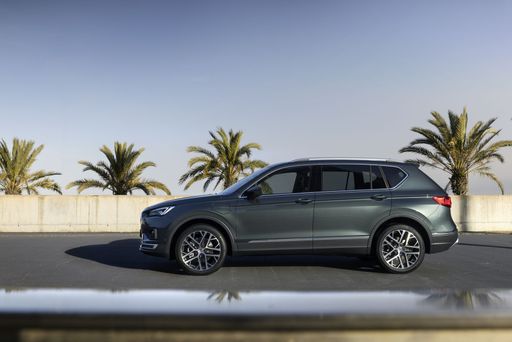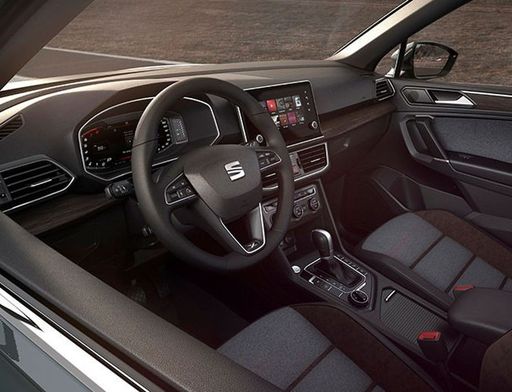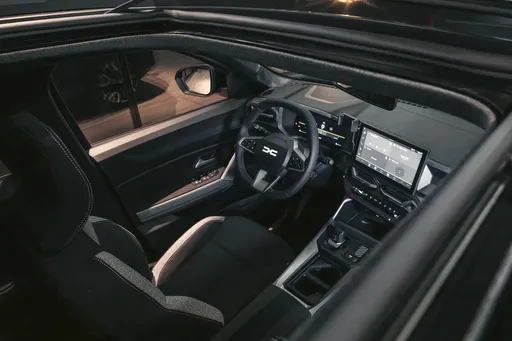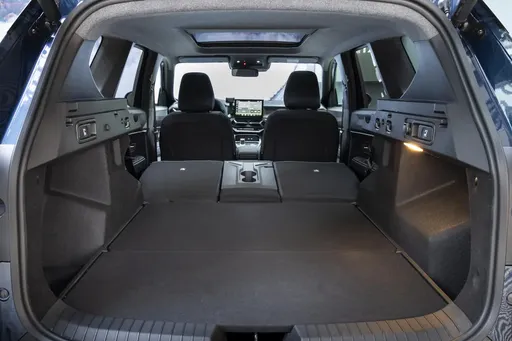Introduction to the SUV Showdown: SEAT Tarraco vs Dacia Bigster
The automotive market is experiencing a significant shift towards SUVs, and two contestants fighting for the spotlight are the SEAT Tarraco and the Dacia Bigster. Both vehicles promise a blend of practicality, innovation, and performance, but how do they stack up against each other? In this article, we’ll explore the technical specifications, innovations, and overall appeal of these two noteworthy SUVs.


